Summer heat is sometimes difficult for athletes to manage. The human body constantly struggles to keep its core temperature at 37 degrees. During exercise, you run the risk of heat stroke. G4 gives you a few tips how to protect yourself while cycling under heat
Early symptoms of heat stroke such as dizziness, nausea and intense thirst are not to be taken lightly. But don’t worry; the heat will not prevent you from riding. Simply follow G4’s tips to avoid discomfort in the heat.
1. What is heat stroke?
Heat stroke occurs during exercise, when the cyclists’ body cannot stay cool. It appears most often during hot weather, with sunshine and humidity. Symptoms experienced by the cyclist are many: – fatigue, dizziness, nausea and headaches – abundant chills and sweats – alternating sensations of hot/cold. If you experience any of these feelings, please slow down or take a break.
2. Take time to acclimatise
If you’re not used to hot weather, it’s essential to acclimatise yourself. Start with gentle rides of 1:30 to 2:30 hours which will allow you to keep your body at a stable and constant temperature. You will not overheat. After a few short trips like this, gradually increase the length of your ride.
Ideally, start early in the morning and avoid riding between midday and 04:00pm. Choose a route with plenty of shade and where you can regularly top up your bottle with water from fountains.
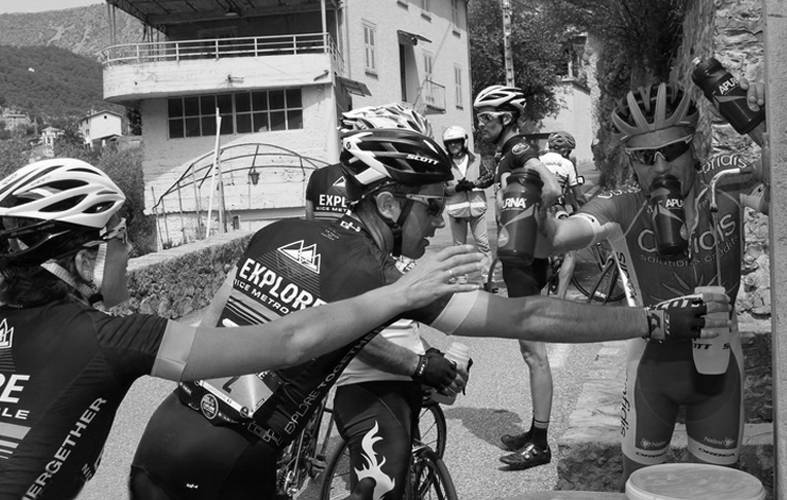
3. Plan your hydration
If you’re going to ride in the heat, plan your hydration before, during and after exercise.
Before you head out
The day before your workout, remember to drink at least 1.5 litres, avoid coffee and overeating, large meals are harder to digest. Two hours prior to your ride, drink plenty of mineral water.
During your bike ride
During exercise, take a sip every 15min. Don’t drink too much at any one time, because your stomach can only deal with 750ml – 1ltr per hour! Ideally the temperature of the water should be around 10-15C degrees. Don’t just drink water if you’re undertaking an endurance ride. Your drink should contain carbohydrates, nutrients essential to the effort, and minerals to compensate for those lost through sweating.
After your bike ride
If you’ve done a long bike ride and you want to ride on subsequent days, it’s essential to manage post-ride hydration with an isotonic drink that helps manage dehydration and replenishes essential minerals.
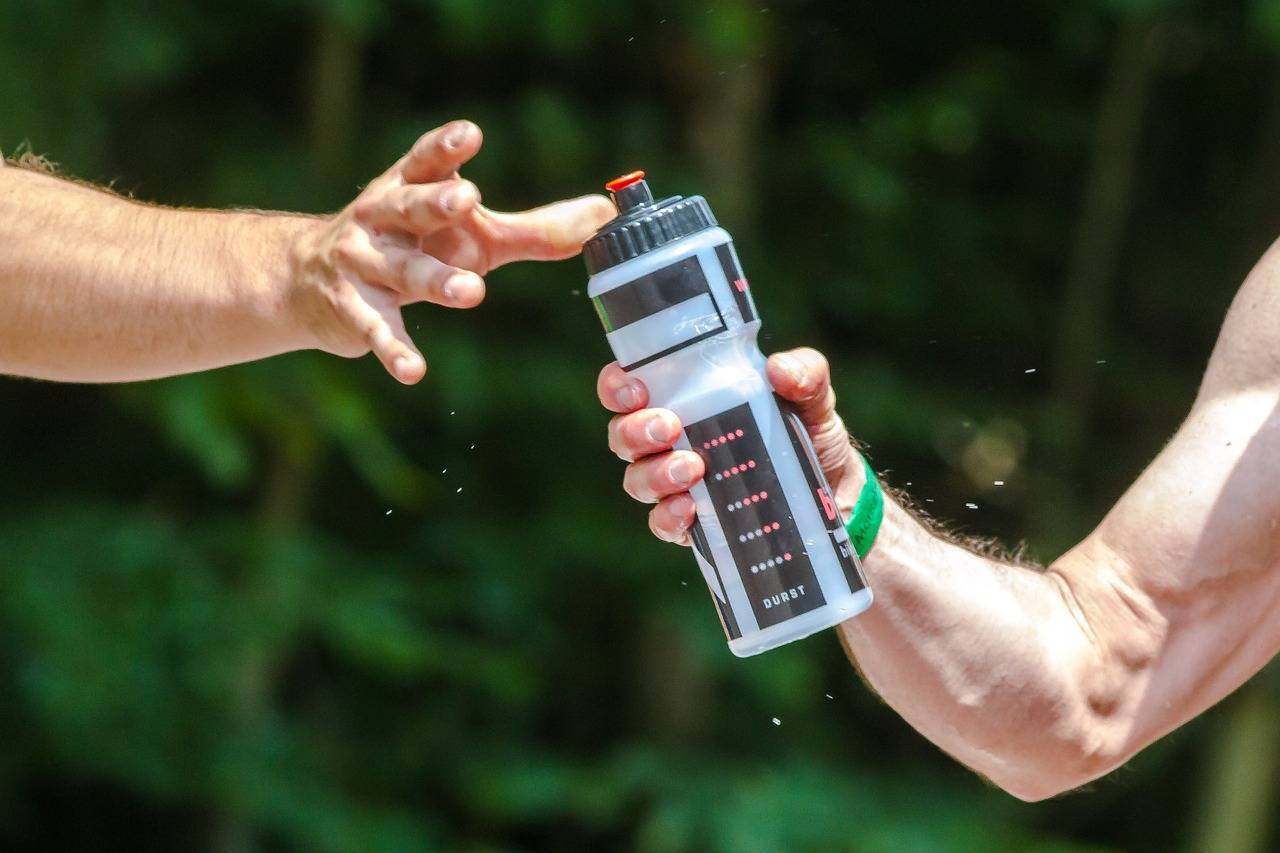
4-Choose appropriate cycling kit
Your choice of cycling kit is also important to avoid heat stroke when you ride. It’s better to choose outfits with technical fabrics which facilitate better ventilation. A light, stream-lined fabric will more easily wick sweat and quickly dry preventing chill when descending.
5. Which of G4 dimension’s collection should you choose for summer rides?
We recommend the outfits from G4’s Simply, National and Hipster ranges which are all made from a light sweat wicking fabric, ideal for summer.
Consider wearing a cap under your helmet to protect your head. For those of you concerned about getting sweat in your eyes, G4 offers a range of sweatbands.
Note that all our outfits provide UV protection and are fade resistant.
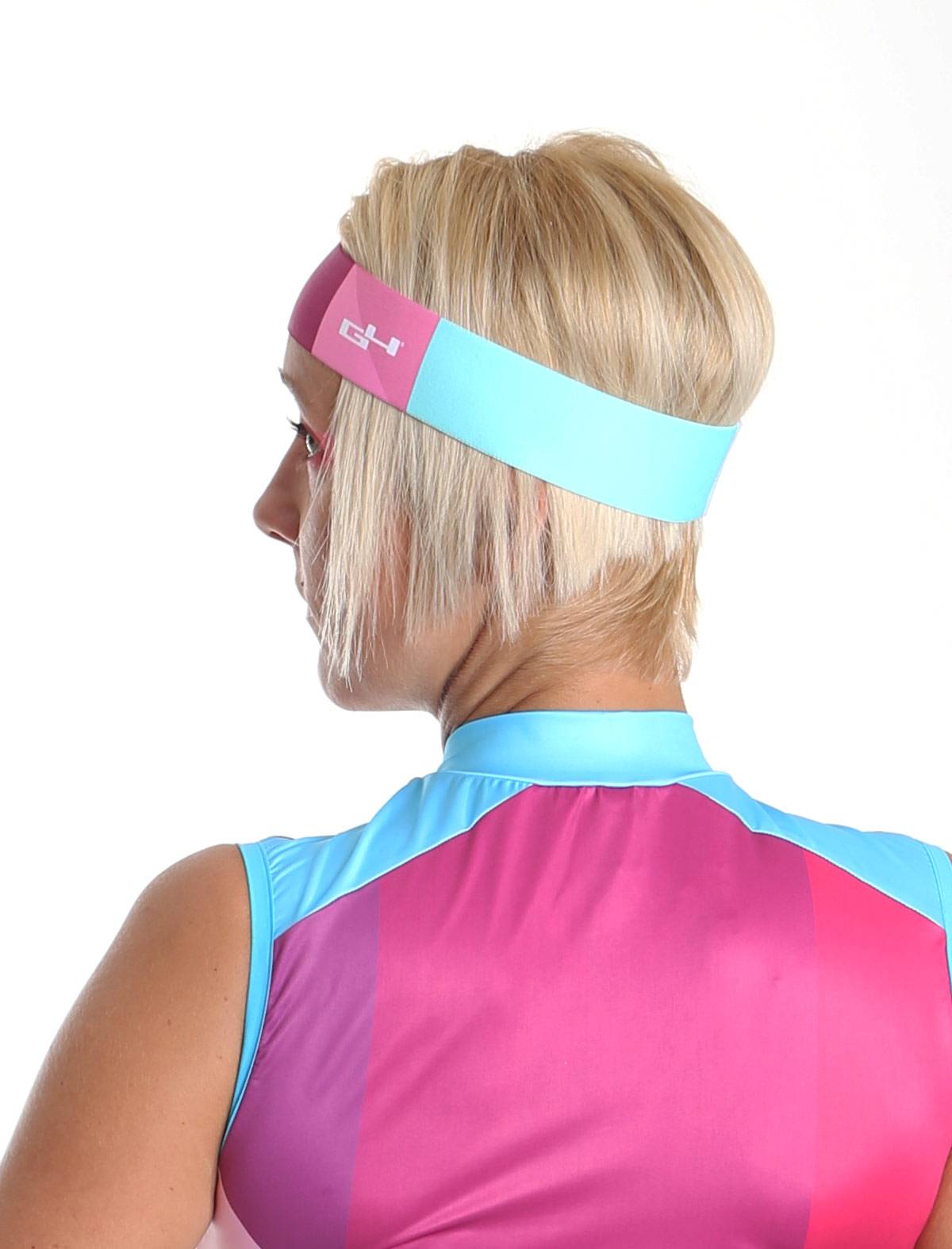

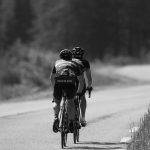
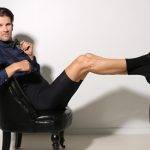
No Comments
Leave a comment Cancel